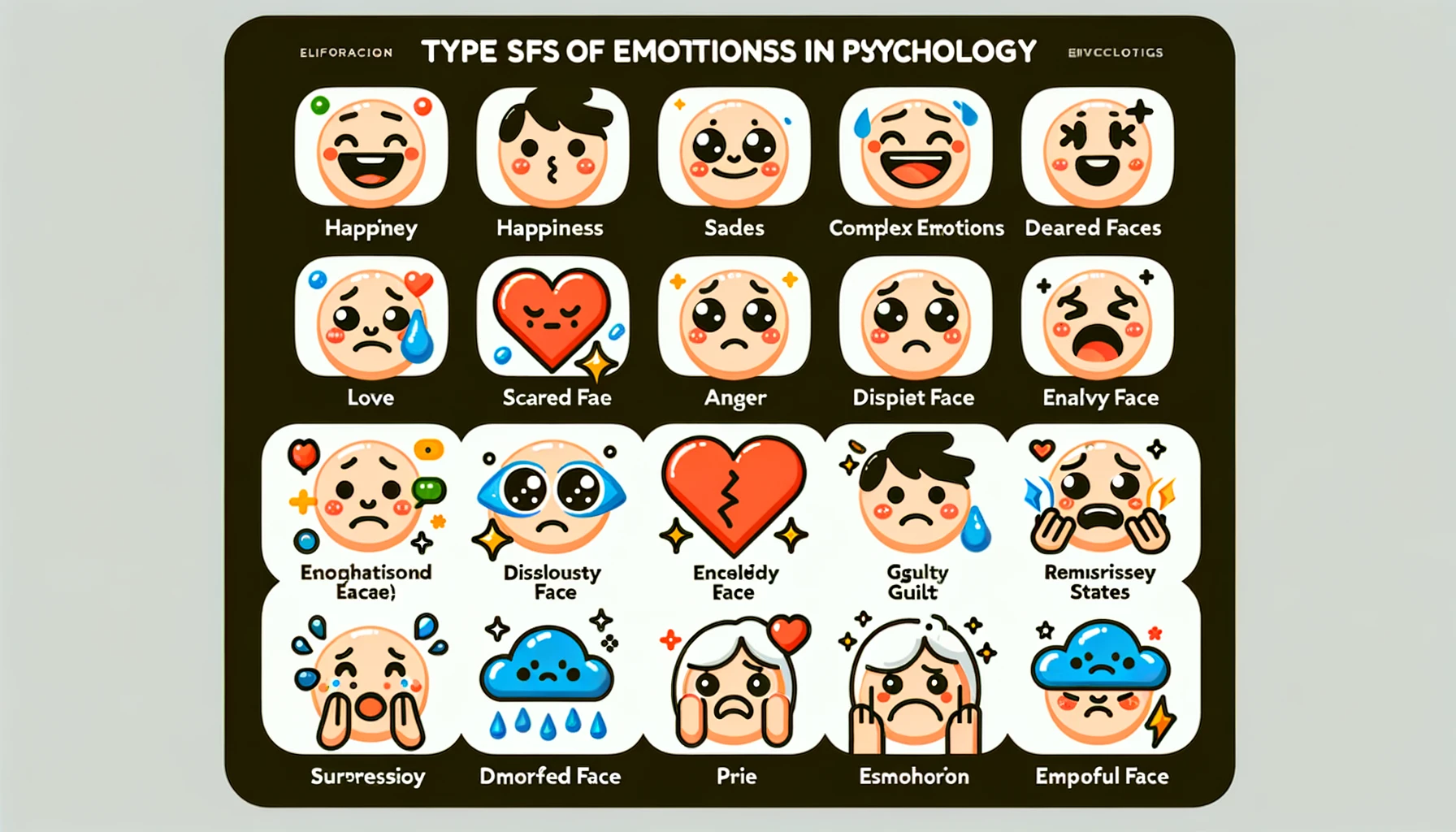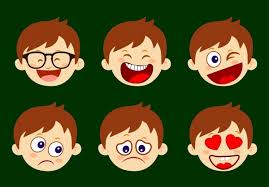Types of Emotions In Psychology are being discussed in this article. Emotions have four defining features, all of which would be lacking among these unfeeling beings from outer space:
Subjective experience.
An emotion involves a subjective experience or “feeling” of pleasure or displeasure, like or dislike, or arousal. In the last analysis, subjective experiences of this sort are probably the best single way to define emotion. In studying emotion, psychologists must rely heavily on people’s subjective accounts of their feelings: “I’m thrilled!” “What a disgusting place!” “Wow!”
Physiological arousal.
Emotions are accompanied by physiological changes in our bodies (Stemmler, 1989), sometimes quite dramatic ones. When we are very angry or afraid, our hearts may accelerate from about 72 beats per minute to as many as 180 beats per minute. Our breathing may become rapid and uneven, and our blood pressure may rise alarmingly. The physiological changes that accompany other emotions may be smaller and more subtle.
Expressive behavior.
Emotions also involve expressive behaviors, particularly facial expressions—the smiles, pouts, and frowns that typically signal a person’s experience of a particular emotion . Emotions are also expressed by changes in posture and tone of voice. When we are sad, for example, we tend to slouch and to speak in a lower, less variable pitch than when we are angry or afraid.
Changes in cognition.
Emotions are also accompanied by changes in thoughts. When happy, people become more optimistic and tend to look at the bright side; when sad, people are likely to see the negative sides of situations In general, our thoughts are guided by and consistent with our emotions.
Emotions are complex and varied, and psychology has identified a wide range of them. Here’s a basic guide to some of the key types of emotions in psychology, presented in a tabular format:

| Category | Emotions | Description |
|---|---|---|
| Basic Emotions | Fear, Anger, Sadness, Happiness, Disgust, Surprise | These are universally recognized and are thought to be biologically programmed. |
| Self-Conscious Emotions | Shame, Guilt, Embarrassment, Pride | These require self-awareness and reflection on one’s actions or status. |
| Complex Emotions | Jealousy, Envy, Love, Nostalgia | Often involve a mix of basic emotions and are influenced by one’s experiences and culture. |
| Social Emotions | Empathy, Sympathy, Contempt | Involve our reactions to others and our understanding of their emotions. |
| Positive Emotions | Joy, Gratitude, Serenity, Interest, Hope | Typically lead to positive outcomes and experiences. |
| Negative Emotions | Anxiety, Frustration, Loneliness, Despair | Typically associated with challenging experiences or stress. |
This table simplifies a vast and complex area of study. Emotions can be fluid and are often influenced by individual experiences and cultural contexts. They also play a critical role in our psychological well-being and social interactions.
Conclusion
Emotions are complex and multifaceted aspects of the human experience. By recognizing and understanding the different types of emotions in psychology, we gain valuable insights into our own emotional landscapes and those of others. From joy and anger to fear and love, emotions shape our perceptions, behaviors, and relationships. By cultivating emotional intelligence and embracing the richness of our emotional lives, we can enhance our overall well-being and foster deeper connections with those around us.
